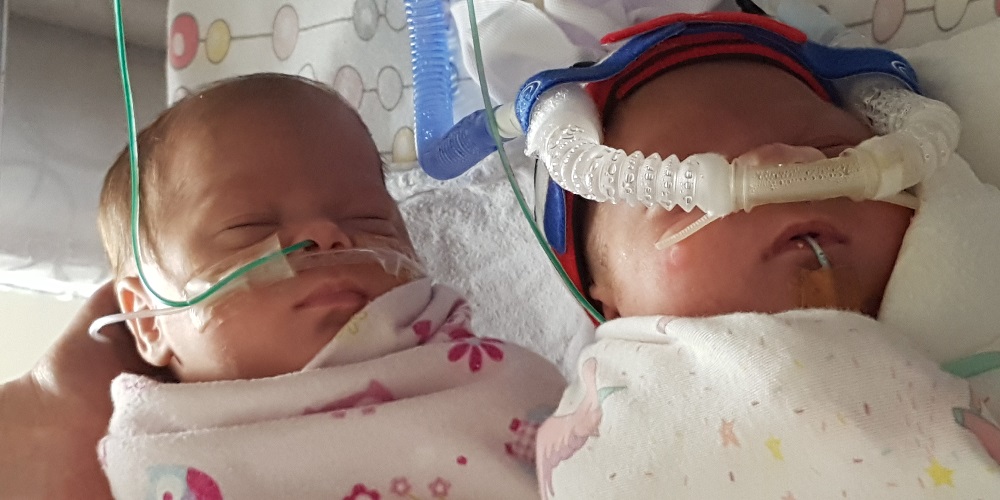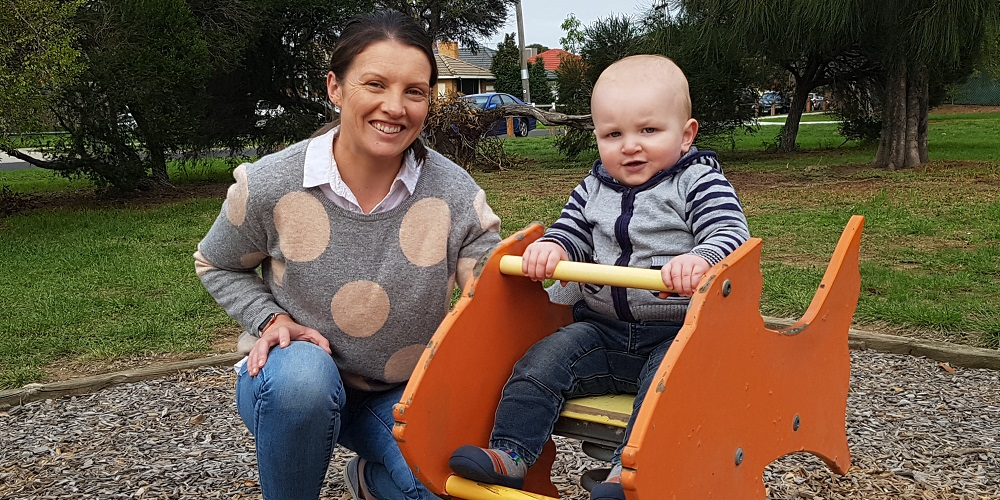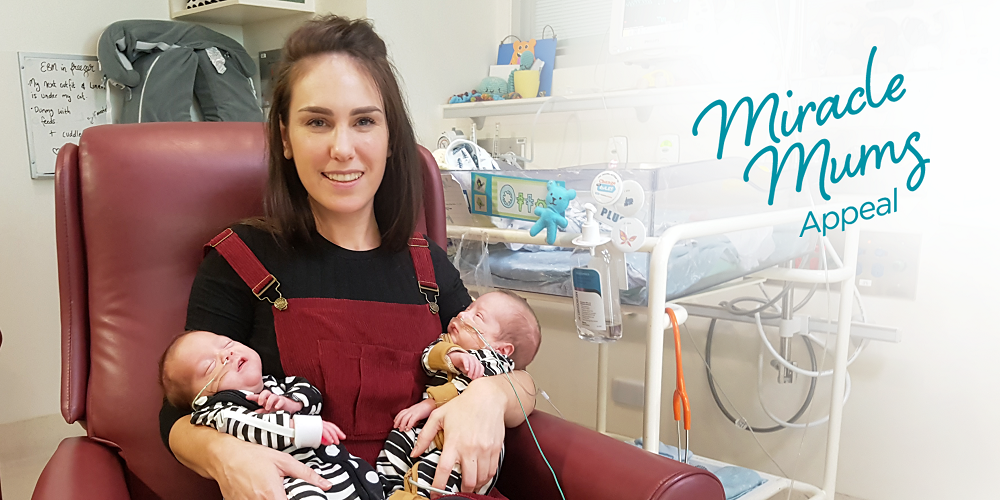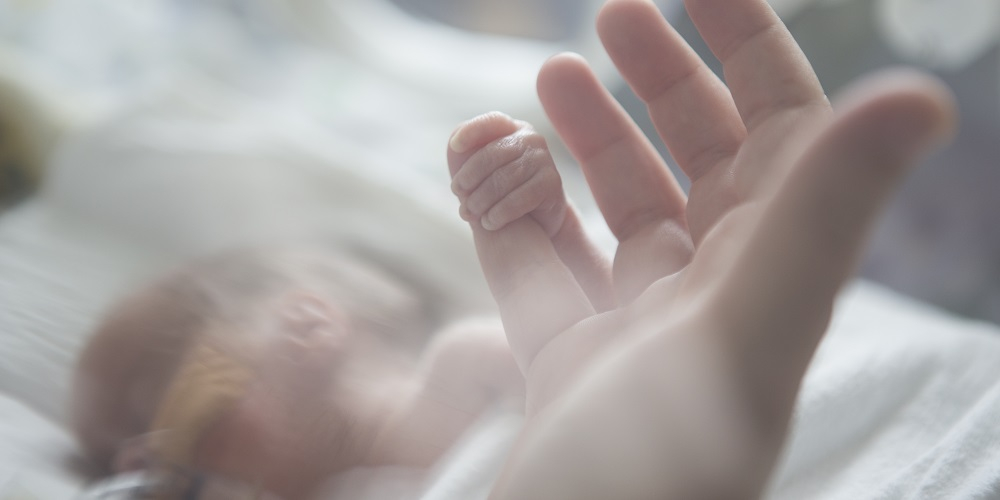
Doctors at the Royal Women’s Hospital have for the first time, captured moving ultrasound images of the lungs of newborn babies as they take their first breaths.
The world-first research involving the Women’s and Monash University signals a breakthrough in understanding how human lungs transition from the womb to the first breaths at birth.
Researchers say the new information could lead to the diagnosis of severe breathing problems in very preterm babies in the first minutes of life, instead of the current several hours, allowing for live-saving treatment.
In the DOLFIN study researchers used ultrasound to captured images of 115 newborn lungs immediately after birth at the Women’s. This included images of 28 full-term babies before they took their first breaths after birth. The research has been published in Resuscitation and the BMJ’s Archives of Disease in Childhood.
“When looking at the lungs immediately after birth, they look more like liver and are filled with liquid, but as they fill with air for the first time, the liquid is pushed out and the lungs open as they aerate,” lead researcher Dr Douglas Blank from the Women’s and Monash University said. “Within 10 minutes, the lungs of these healthy babies appear to have nearly completed the adjustment needed after birth, although it does take, on average, up to four hours for all the liquid to be removed from the baby’s lungs.
“This research has important implications because the quality of the imaging and speed at which babies transition to normal lungs suggests we can make a diagnosis of lung problems in newborn babies within the first 20 minutes after birth using ultrasound. This is particularly important for premature infants as 50 per cent have severe breathing problems and require intensive treatment. Currently it takes several hours to assess the severity of breathing problems.”
Dr Blank is leading a new study, called DOLFIN Jr, to test whether it is possible to use imaging of the lungs in the first minutes of life to accurately predict which extremely pre-term babies (born before 29 weeks) need intensive breathing support and which babies will benefit from minimal breathing support.
Premature babies with severe breathing problems require lifesaving medication called surfactant. It is administered by placing a breathing tube into a tiny baby’s airway and putting the baby on a ventilator which is a machine that helps them breathe. This process can cause long-term damage to the fragile lungs so should only be done if the baby has severe breathing problems.
Babies without severe breathing problems do not need ventilation and can receive CPAP breathing assistance, which decreases the risk of lung damage and death.
The window to decide which respiratory treatment is best suited for the baby, is small.
Currently, extremely preterm babies receive minimal breathing support with CPAP to start. If their oxygen levels are too low, indicating they are struggling to breathe they are given surfactant and put onto a breathing machine.
“Ultimately, we aim for babies who need the surfactant and help via a breathing machine to receive that support much earlier, while those whose lungs are functioning better, will receive minimal breathing support,” Dr Blank said. “Lung ultrasound may be able to tell us which approach is suited for each baby. Targeting breathing support more accurately will reduce the risk of lung disease and death in both groups.”
The Women’s Director of Newborn Research Professor Peter Davis said the new research represented a breakthrough in understanding human lungs in transition at birth.
“We really didn’t understand what was happening in those first seconds of birth as the only way to do it would be to x-ray a baby every few seconds – something that is not beneficial to either mum or baby. But the ultrasound has allowed us to gain an insight and see what the lungs are doing.
“With this technology, we can now look at very preterm babies immediately after birth and see which ones are going to develop lung disease and given them the extra help of mechanical ventilation and surfactant,” Professor Davis said.
The DOLFIN Jr study is being funded by a US$50,000 General Electric grant and the Emergency Medicine Foundation. It is being undertaken at the Royal Women’s Hospital and the Monash Medical Centre. Partners include the Hudson Institute of Medical Science.
Concetta Tartaglia and her twin girls Marta and Sara are involved in the Dolfin Jr study. They were born at 28 weeks gestation, weighing just 1033 and 870 grams.
“I chose to be involved because it is a non-invasive study and will hopefully help babies receive the correct treatment much earlier in future,” Mrs Tartaglia said.
While Marta has progressed well, Sara needed some help breathing from a ventilator in the first five days. Now celebrating their 50 day milestone, both girls are progressing to less invasive breathing supports.
Background
115 full term babies were involved in the study with ultrasound used to image their breathing in the first minutes after birth. The very first breath of 28 babies was captured on ultrasound with another 35 within the first four breaths.
Surfactant is a naturally produced substance, a kind of foamy, fatty liquid that acts like grease within the lungs. Without it, the air sacs open but have difficulty remaining open because they stick together. Surfactant usually appears in the fetus’ lungs at about the 24th week of pregnancy and gradually builds up to its full level by the 37th week. If a premature baby is lacking surfactant, artificial surfactant may be given.
Read related content from the Women's
-
 Does delayed cord clamping help babies breathe?
Does delayed cord clamping help babies breathe?The Women’s has launched Australia’s first study that aims to help newborn babies who do not breathe spontaneously after birth, by delaying the clamping of the umbilical cord.
Learn more -
 New trial could prevent lung disease in babies
New trial could prevent lung disease in babiesThe Women's researchers are leading an international trial that could improve the survival rates of very preterm babies and decrease their risk of developing chronic lung disease.
Learn more -
 No improvement to the lungs of very preterm babies
No improvement to the lungs of very preterm babiesNew research into the lung function of eight-year-olds who were born more than 12 weeks too early in 2005 has found no improvement in their breathing ability compared with very preterm children born in the 1990s.
Learn more